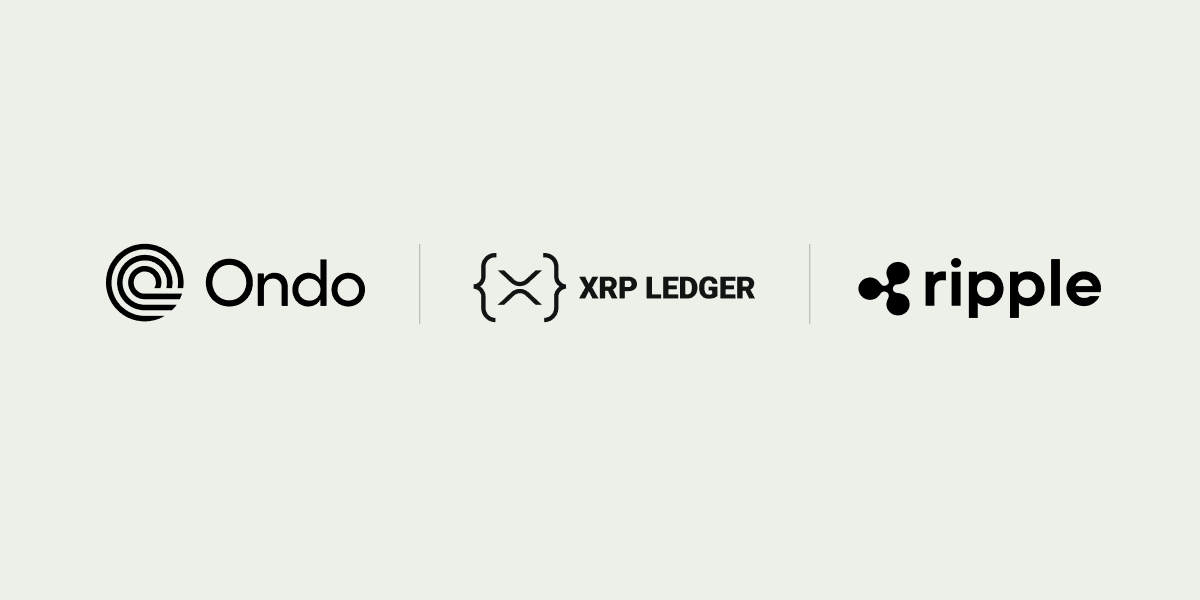Climate change has emerged as a defining 21st century issue. The ability to sustain life on earth and to mitigate widespread ecological collapse is directly dependent on the world’s collective ability to reduce emissions and transition to a low-carbon global economy as quickly as possible. The good news? There are innovative new technologies and new ways of organizing human and economic activity that are rooted in trust, integrity and validation, and therefore hold tremendous promise.
Introducing Centigrade: Innovative Infrastructure for Carbon Markets
In collaboration with RMI (Rocky Mountain Institute), a pioneer in sustainable investing, Ripple is excited to introduce a new company, Centigrade. Centigrade is an open data platform serving the global carbon and nature markets. The platform will provide developers of carbon and nature credits with a low-barrier, intuitive way to bring their projects to market, providing full data transparency and traceability for the entire lifecycle of credits. It aims to open global credit markets to all carbon and nature developers—regardless of size and location—and boost the availability of capital needed to scale carbon removal and nature restoration projects to the required level.
Centigrade is the result of more than a year’s worth of intense learning and collaboration with close partners and a broad and diverse range of key stakeholders. Ripple is proud to be a part of Centigrade as a founding member, investor and technology partner, and excited to help unlock exponential value for carbon project owners, buyers and investors. Ripple will continue to work closely with climate advocates and independent service providers to help grow this market, and be part of the global effort to fight climate change and achieve global climate goals.
Why Centigrade and Why Now?
While carbon markets hold promise as a hedge against climate change, the market for carbon credits—the purpose of which is to help offset temporarily unavoidable emissions and fund climate mitigation activities—is suffering a crisis of confidence. This is in part due to doubts cast on the efficacy and durability of its inventory, but also because (in its current incarnation) it is glacially slow, inefficient and not scalable.
Despite the earnest efforts of its early architects, today’s carbon markets are bereft. There is a lack of high quality supply, as defined by important factors like provable climate impact (can you measure it?), additionality (is it new?) and permanence (will it last?). This is in part because carbon removal companies do not have the capital they need to grow their projects. Demand and the capital that flows from it is stuck; held back by outdated, overly centralized market mechanisms that have created a lack of transparency and trust, long and laborious due diligence processes and unnecessary risk. Put another way, today’s carbon markets are underperforming: they are addressing less than 1% of the problem, far from their vast and vital potential.
Another problem is that carbon markets are too narrow. They have been overly focused on carbon, and the role of trees—reforestation, afforestation, avoided deforestation—in solving the crisis. In fact, there is a broad and diverse range of climate positive activity across the elements that make up our natural world; not only carbon, but also air, water, soil, biodiversity and the human element, sometimes referred to as equity. This is a holistic ecosystem view and something markets should fully embrace and more intentionally reflect if they are to deliver the intended environmental, human and economic impacts.
Innovating the Way Forward, Together
So, what can be done to help modernize and scale carbon markets?
Update and expand shared definitions of what constitutes measurable climate positive activity, creating new ways to describe—and ascribe economic value to—products derived from carbon removal and the full array of ecological services and their co-benefits.
In partnership with independent scientists, climate nonprofits, farmers and ecopreneurs, develop and adopt a new framework that recognizes these benefits in a way that enables project owners to more easily classify their products and bring them to market faster.
Enable fairer, higher price discovery and connect suppliers with more suitable buyers and investors—particularly for those in the global south—where harmful emissions have been lowest, but the negative effects of climate change have hit “first and worst.”
Apply this unlocked capital not only to currently available products (“spots”) but also to future production (“forwards”) to increase supply, liquidity and market dynamism–which in turn can help deliver capital to where it is needed most, widening the path to net zero emissions by 2050.
Leverage the power of transformative, decentralized technologies with the potential to expand and accelerate climate fighting enterprises, unlocking exponential value for both suppliers and buyers.
Enable and activate a new class of service providers that create value for the market and its participants, instead of extracting it.
Blockchain as a Catalytic Tool
Ripple and other industry players recognize that blockchain can be a catalytic tool for helping global carbon markets reach their full potential. At its core, blockchain enables more efficient transactions. Unlike proof-of-work blockchains, the open source blockchain technology that powers Ripple’s solutions, the XRP Ledger, is natively sustainable, requiring low amounts of energy and no cryptocurrency mining. The XRPL is the first major blockchain to achieve net zero status through the purchase of renewable energy for its remaining energy use.
In 2022, Ripple made a $100M commitment to help scale global carbon markets and began investing directly in high quality carbon removal, in part to fulfill the company’s commitment to reach net zero by 2030 (or sooner), but also to help capitalize and scale some of the world’s most promising new carbon removal companies.
While it is by no means a panacea, blockchain technology is well suited to solve some of carbon markets’ most persistent pain points, including double counting (and fraud); a lack of scalability due to outdated, low technology market infrastructure; and low transparency and trust. Blockchain can help digitize carbon credits in a way that improves their reliability, specificity and trustworthiness as investable, durable assets.
The Journey Towards a Greener Future Continues
As with any technology, blockchain is a potentially powerful solution, but it is “neutral,” offering capabilities that need to be harnessed appropriately with the real-world needs of market participants and desired outcomes in mind.
In pursuit of this, Ripple began a learning journey through a series of deep partnerships with well-respected, climate-focused NGOs, including Rocky Mountain Institute, the Lexicon of Sustainability, Conservation International, Greenpeace and others. In addition, the company began working directly with leading carbon removal companies with significant traction in the marketplace. For the past year, Ripple has been collaborating with CarbonCure, BC Biocarbon, Carbon Title and Newlight Technologies to tokenize their inventory in ways that capture the full value and diversity of their projects, methodologies and impact.
It’s safe to say a lot has been learned, both in terms of what this market needs to scale but also in terms of its potential for positive climate impact. The inception of Centigrade marks an important next step in this journey, not only in Ripple’s march towards a more sustainable future, but in the global fight against climate change and how to leverage today’s technology to fulfill the promise of a better tomorrow.
Visit http://www.centigrade.earth or check out the latest press release to find out more.







